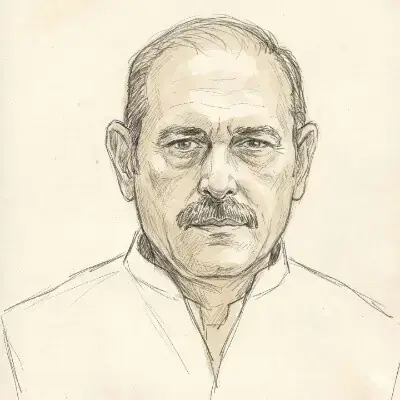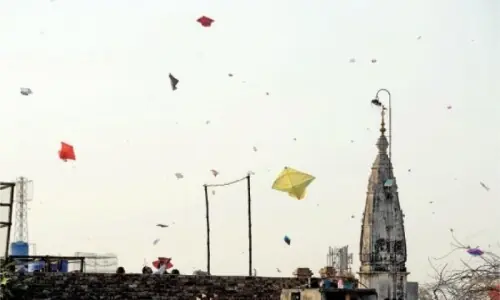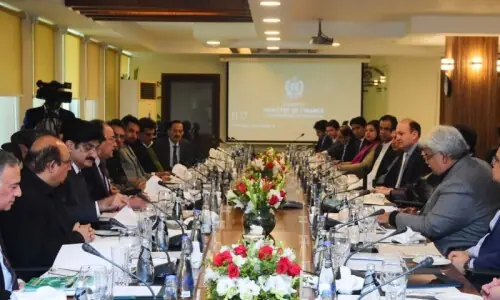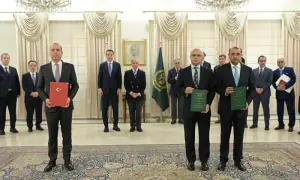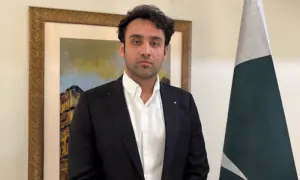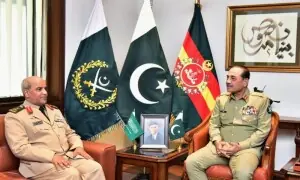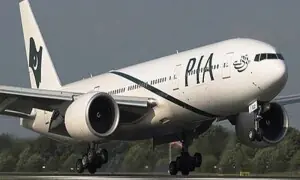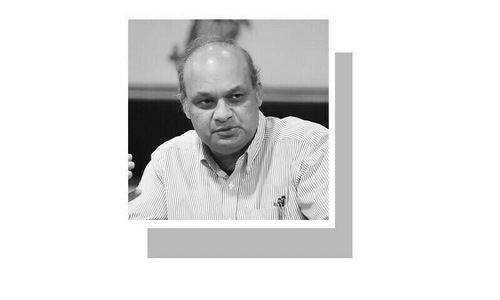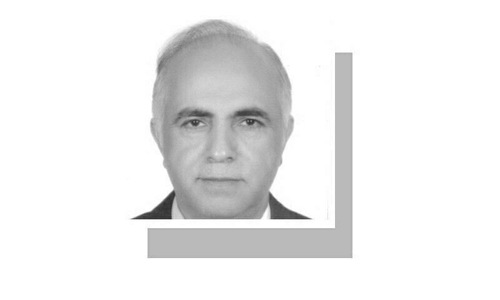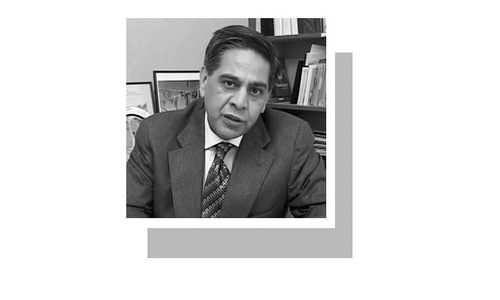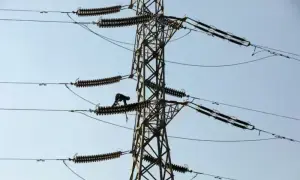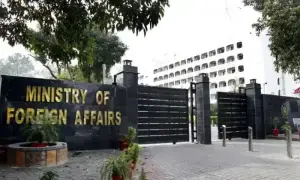
PESHAWAR: “My name is Musa’b and I am from Dagestan (Russia),” so wrote one of the militants who ended up fighting, holed up inside an under-construction house, barely a kilometre away from the scene of Saturday night’s brazen attack on the Pakistan Air Force base inside the Bacha Khan International Airport.
The handwritten letter, written in Urdu, was found on Musa’b’s body after he was killed in Pawaka village, along with four others, the day after the assault on the airfield. It gives a rare insight into the mindset of militants indoctrinated to fight Pakistani forces, and also points to the growing role of foreign militants in attacks inside Pakistan.
“I am taking part in these blessed operations because you people do not act upon the divine faith. You people neither act on its teachings nor accept it. Indeed, you follow the laws of the infidels,” he writes. “The heretics are liable to be killed till the evil is eliminated. Killing (them) is obligatory,” he sermonises in the single-page letter.
The letter does not address the Pakistani forces directly, but knowing that he and his fellow fighters would soon be taking on the Pakistani forces in their quest to seize control of the PAF base and the adjoining international airport, it was clear who it was meant for.
The level of motivation and marksmanship of Musa’b and his fellow fighters, two of whom blew themselves up, while three others died fighting police surprised even the most hardened and experienced police officers.
“I could never forget the way Musa’b charged at us, firing and running straight into us,” a senior police officer recalled.
“He still had ammunition left with him and he could have fought on for several hours. And had one of our men not spotted him charging towards us and shot him there and then, he would have killed many of us. Today people would have been observing our Qul,” the officer said.
But more than their motivation and level of preparedness, the element that surprised law enforcement and security officials was the number of foreign militants in the two groups that tried to take control of the PAF base.
Out of the nine bodies, five, they say, have distinctive central Asian and Caucasian features. Musa’b and one of the other militants killed have Caucasian features and some security officials believe they could be brothers.
UZBEK CONNECTION: Law enforcers have long had experience of coming across Uzbeks in course of various encounters and operations, but this is the first time, they say, they have come across so many of them in Peshawar.
That the Tehrik-i-Taliban Pakistan and the Islamic Movement of Uzbekistan have long been collaborating and conducting joint operations inside Pakistan’s tribal areas is no secret. What, however, has come as a surprise is a pronounced and extremely visible role of the IMU in action in the settled districts of Pakistan.
Reams of video footage is available to corroborate the TTP-IMU long association with each other in battles against the Pakistani forces inside the tribal areas, mainly in North and South Waziristan, including recently released visuals of them undertaking joint fire-raids against army posts in the Mahsud heartland.
But the midnight attack on Bannu jail, a joint TTP-IMU operation, was the first such public demonstration of their collaboration in a settled district of Pakistan. The TTP released a video showing scenes of pre- and post-attack on the prison, ostensibly conducted to release the former PAF technician, Adnan Rashid.
The video was the first acknowledgement of the presence of IMU fighters in any attack conducted outside the confines of the tribal region. The IMU followed suit, releasing a version of its own, dubbed in German and Uzbek language.
Why is the TTP relying more now on the IMU for support is not clear, but law enforcement officers who have had the experience of fighting them acknowledge Uzbek fighters for their ferocity, alacrity and training.
For the law enforcement agencies, the increasing and growing role of foreign fighters in audacious and high-profile attacks could well change the dimension of the whole war game in Pakistan.
TATTOO: Already, law enforcers and security officials are trying to make a case for the fight against militants by pointing to tattoos on four of the bodies in their custody.
Two very large tattoos engraved on the back of two foreign fighters have caught their immediate attention. There is an almost a scramble to search to find the meanings behind what they perceive and claimed to be engraved tattoos of the “angel of death” and “Satan”.
Some within the law enforcement officers believe the militants belonged to some particular cult in the Russian Federation before taking up the cause of the “Holy Jihad” to fight the “infidels” “in the land of Jihad”.
Others believe the militants were part of some international network, though tattooing is a common practice in Russia, including Chechnya and Daghistan, and central Asian republics of Uzbekistan, Azerbaijan, Turkmenistan and Tajikistan.
One of the killed foreign militants had a small star-like tattoo on his shoulder and leg, while one had his name “Yusuf” engraved on his arm in Russian alphabet.
The tattoos remain an enigma for investigators, who are working hard to find religious explanation and the symbolism behind the “evil face” and the long-nailed fingers. This may turn into something big and it may also end up in a total fiasco. But what is now known is that the law enforcement agencies are increasingly facing more daring and brazen attacks inside urban populated centres, not just from Pakistani militants under the TTP umbrella but also a horde of foreign militants based in the tribal region.

